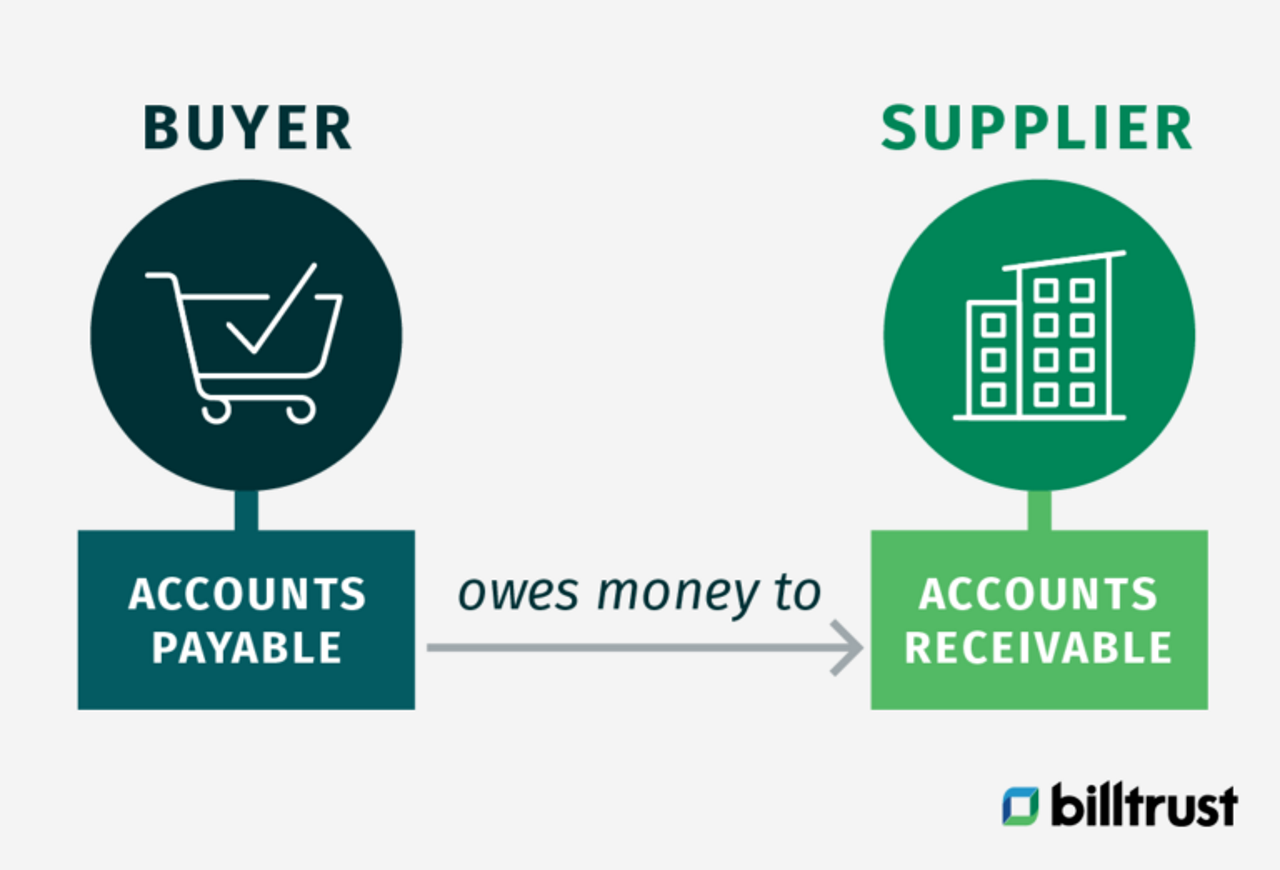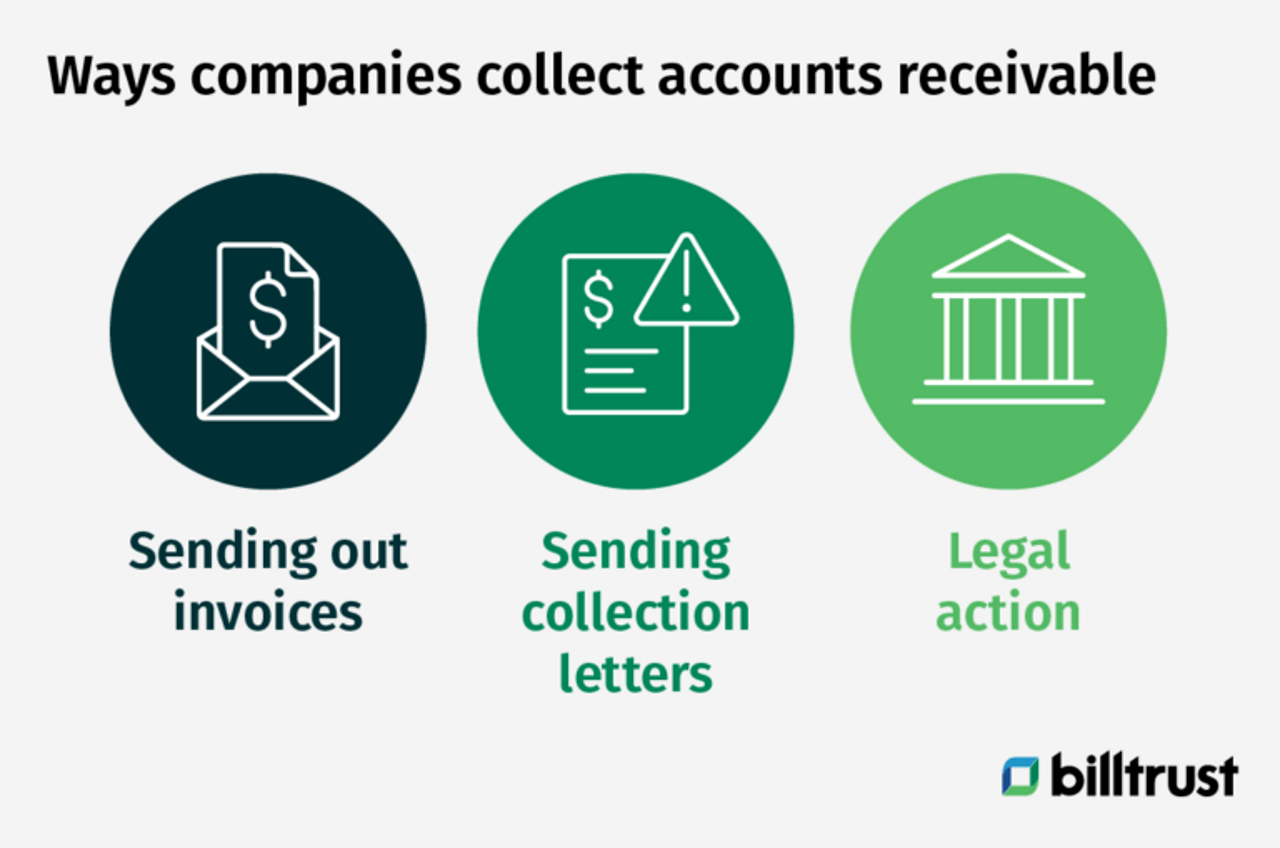The accounts receivable (AR) process is a critical part of the organization’s financial management as efficient AR ensures that your company maintains its cash flow. While you may have the best products or services, you can’t sustain operations if you don’t have enough money to pay your expenses. Not to mention, managing those products and services includes managing accounts receivables, looking for quick-pay discounts and automating manual tasks to save time. Improving your accounts receivable process inevitably means improving your cash flow, so it’s worth the time and effort to optimize.
How do you level up your accounts receivable process?
You can improve the accounts receivable process to streamline AR and ensure that payments come in with less hassle.
Read on to learn more about how you can optimize your AR with these accounts receivable process improvement ideas to ensure that you enjoy unfettered access to your hard-earned funds!

What is accounts receivable processing?
Accounts receivable processing improves AR collections from a client, usually in monthly installments. It can entail setting up a billing system, working with clients to ensure they have the funds available to pay their bills and providing the client with reminders when they are nearing the end of their payment plan. AR processing also involves tracking payments and following up on overdue invoices.
Your accounts receivable is a process that involves:
1. The customer submitting an invoice to the company for goods or services rendered. The company then sends an invoice to the customer, including payment terms and methods, such as credit card, wire transfer or check.
2. Receiving money from customers for goods and services that they’ve already purchased.
2. Processing these payments, usually by making an entry in the accounting system to assign them to the appropriate cash or accounts payable account. This involves entering the transaction into your accounting system, either manually or automatically with an online payment processor.
3. Collecting any money still owed from customers. At this point, transactions will show up in your accounts receivable report. Reconcile discrepancies between what was invoiced and what was paid before moving to the next invoice to avoid any issues with cash flow down the line. Ensure that all AR collections are done correctly and promptly so there are no mistakes or delays with billing and payments
5. Maintaining records of customer transactions for future reference. You need to monitor your accounts receivable reports regularly to make sure that you are not missing any payments from customers. This will help you avoid late fees and penalties that can cost you money in lost revenue.
Why is monitoring accounts receivable important?
Account receivables is an important metric for any company as a well-functioning AR system indicates your company’s ability to remain solvent and ensure that you can meet your obligations. As a business owner, it’s vital to keep track of how much money you should be owed and compare that with how much money you have. This will help you identify any financial problems before it becomes too late.
What happens if your AR process lapses? Allowing accounts receivable to go too far past their due date could result in the loss of cash flow and customers. Failure to collect an account could affect a customer’s credit rating, making it more difficult to pay future bills on time. Monitoring accounts receivable helps to identify which customers are at risk of not paying their bills. Your collections professionals can contact and remind customers about their payment due date. This way, you can avoid bad debt and keep your customer relations strong.
How can you ensure that you’re monitoring your accounts receivable adequately? Below are a few simple steps to keep your AR monitoring on the right track:
Collect and verify contact information
A critical step to monitoring accounts receivable is to collect the customer’s contact information. Without accurate contact information, it can be next to impossible to collect on accounts receivable. You should also verify that this contact information is accurate. This will help you to begin the process of collecting money owed to your company.
Track outstanding invoices
Watch the amount owed, by whom and for what can help you get ahead of any cash management issues or disputes. Tracking this number can help determine if your business is profitable or if it needs to restructure its operations. There are many methods for monitoring outstanding invoices, such as email notifications and automated phone calls. Regardless of the method you choose, these solutions can help avoid late payments and losses in revenue, which will help your company grow.

Implement internal and external monitoring
A modern accounts receivable process is a vital part of any successful business. If you have a company with more than 30 days outstanding balance, it may be time to implement some monitoring. The best way to monitor your accounts receivable is from both an internal and external perspective. From the inside, you can keep track of who still owes you money and reach out to them for payment. This will help ensure they pay you what they owe. From the outside, you can have a third-party company collect for you. Outsourcing is an excellent option for people who want to have someone else do the heavy lifting. This way, you don’t have the burden of collections.
Accounts receivable process improvement ideas
Account receivable process improvement is one of the most important aspects of any company. It’s vital that many different companies implement some kind of process improvement at all levels. Companies that have a high number of receivables, in particular, are always looking for ways to improve their accounts receivable process. Below are a handful of ways you can ensure that your AR processes are optimized:
Invoice factoring
The most common account receivable process improvement technique is invoice factoring. Invoice factoring reduces the time and energy needed to collect on unpaid invoices by allowing a third-party financial institution to purchase an invoice from a supplier and handle the accounts receivable collection process. It can also help businesses by providing faster cash flow when they need it the most and is a joint account receivable process improvement technique because it allows companies to collect from their clients while offering flexible payment terms.
Timely collections
One of the best ways to improve accounts receivable is to ensure that you are collecting on time. If your collections are late, you will be late in paying your suppliers, and this will cause cash flow problems for your company.
Follow best practice
It’s important to know the best practices when setting up an accounts receivable process. These practices are outlined in generally accepted accounting principles (GAAP) . Regardless of the terms and systems you opt for, you’ll need to ensure that you’re remaining GAAP-compliant.

Why is accounts receivable an essential equation of the process?
Accounts receivable is a crucial part of the process because it’s where your company gets paid for all the goods and services delivered. Unfortunately, accounts receivable is also a part of the business process that has driven many companies to the brink of bankruptcy. How? Customers owe money for products they have already purchased but can’t or won’t pay up. It is not uncommon for companies to wait weeks, if not months, for customers or clients to pay their bills. This can be an enormous drain on cash flow and may affect the company’s operations if it cannot adjust its expenses accordingly.
AR frustrates businesses because they don’t get the money to keep their business running. Unfortunately, it’s a slow and tedious part of the business that requires time and effort. The average businessperson has to spend about 40 hours per week just collecting past-due invoices. This time could be better spent elsewhere, such as performance management or strategizing for the future.
How to set up an accounts receivable process
Your AR process of collecting payments is a vital part of the day-to-day operations of a company. How do you set up your AR to ensure an organized and efficient collection process, however? A “one-size-fits-all” solution doesn’t exist when it comes to setting up an accounts receivable process. Below are a few steps to get your AR process up and running:
- Decide what you want your account receivable process to accomplish.
- Identify your customers and create a list of all the vendors with whom your company does business.
- Create a list of all outstanding invoices and overdue invoices.
- Collect information on accounts receivable balances.
- Determine the creditworthiness of the customer.
- Set up an installment plan or negotiate with customers for a lump sum payment.
- Track and monitor payments received from customers.
- Finally, it is important to set up rules for when the invoices need to be paid by each vendor.
Wondering how to structure your accounts receivable process?
Structuring an accounts receivable process is crucial for any business, but it can be difficult to find the best one since there are many different ways to set up an AR process. The most common types are the following:
Batch setup
Batch setup is a system-wide setup that will allow a company to set up a single account to collect money from all of their customers. This option is better for companies that have a lot of invoices to send out each month and want to save time and money sending out their large batches as you can send invoices quickly and easily with this option. You can save time by paying for the service upfront and then your invoices will be generated automatically.
Periodic setup
The periodic setup allows you to generate an invoice and send it to your customer on a fixed interval. For example, if someone has a monthly payment plan for one’s product, this would be the setup they would need. They would set up their customer’s billing info and department info in the system and tell it how often they want the invoice generated and sent out.
Perpetual setup
In a perpetual invoice setup, you can keep charging a customer for an item after it’s been shipped. This is the most common type of billing in the world of e-commerce. With this billing method, you keep charging customers for an order they’ve already completed.
- Next, you need to decide what kind of data you want your system to track. For example, do you want your system to track customers’ names or products purchased? This will determine how your system should be set up.
- As you get started, establish accounts receivable processes to track payments owed to the business and due dates The process should identify who is responsible for collecting on debts and how the payment will be applied.
Final thoughts on the accounts receivable improvement process
Accounts receivable processes can be complicated, but it is possible with some patience and organization to establish one that will work well for your company. Not to mention, setting up an AR process goes a long way in keeping your company profitable and running smoothly!









